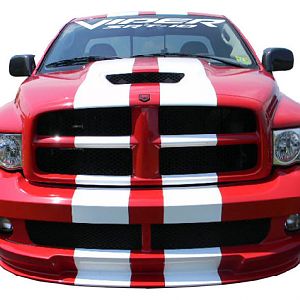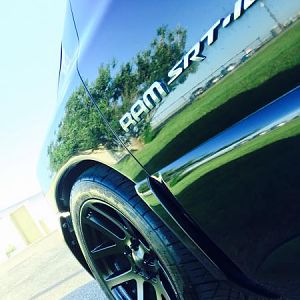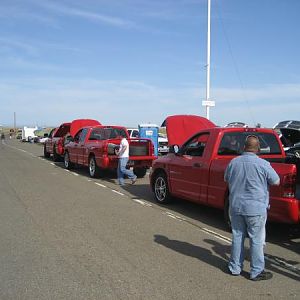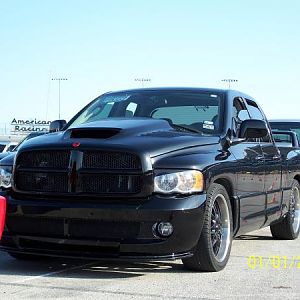This thread is dedicated to the longer life of the 48re
please post all your thoughts, experiences and such.
This is jsut a few suggestions and things that have been found out.
One to make your tranny live longer if you are naturally aspirated, change the fluid out at least every 15,000 miles, change the filter, fluid, and adjust the bands.
If you run NOS your tranny will eventually fail, basically any size shot 75 or over..
The tranny was developed for the diesals, therefore when the NOS hits, the line pressure in the tranny jsut cannot keep up , therefore letting the bands start slipping, ultimatly causing failure.
If you must run NOS, then it is suggested that you check your band adjustment every 5000 miles, and change your fluid every 5000 miles depending on how much you use the NOS.
A shift kit may also help with the life of the tranny, it lets the tranny shift quicker and harder. This lets the time from when the tranny shifts to the time the clutches hit the drum take less time, there fore cutting the time the clutch has to slip.
Also gonna look into valve bodies, I have been told that some valve bodies do actually let the line pressure actually react quicker.
any other suggestions, ideas, or experiences are welcome
Lets let this thread be dedicated to keeping our brothers from having expensive problems in the future:rock:
please post all your thoughts, experiences and such.
This is jsut a few suggestions and things that have been found out.
One to make your tranny live longer if you are naturally aspirated, change the fluid out at least every 15,000 miles, change the filter, fluid, and adjust the bands.
If you run NOS your tranny will eventually fail, basically any size shot 75 or over..
The tranny was developed for the diesals, therefore when the NOS hits, the line pressure in the tranny jsut cannot keep up , therefore letting the bands start slipping, ultimatly causing failure.
If you must run NOS, then it is suggested that you check your band adjustment every 5000 miles, and change your fluid every 5000 miles depending on how much you use the NOS.
A shift kit may also help with the life of the tranny, it lets the tranny shift quicker and harder. This lets the time from when the tranny shifts to the time the clutches hit the drum take less time, there fore cutting the time the clutch has to slip.
Also gonna look into valve bodies, I have been told that some valve bodies do actually let the line pressure actually react quicker.
any other suggestions, ideas, or experiences are welcome
Lets let this thread be dedicated to keeping our brothers from having expensive problems in the future:rock:






